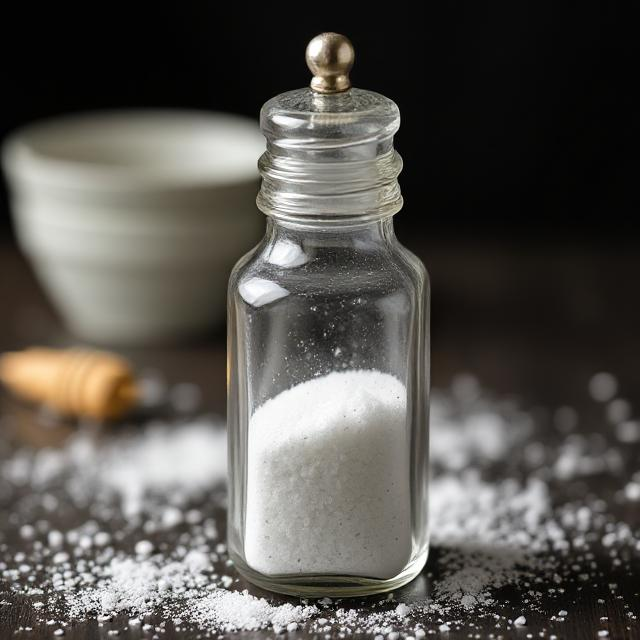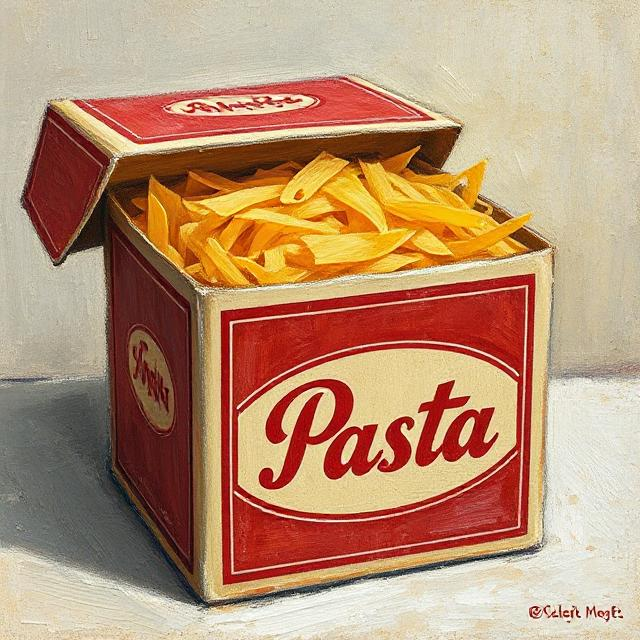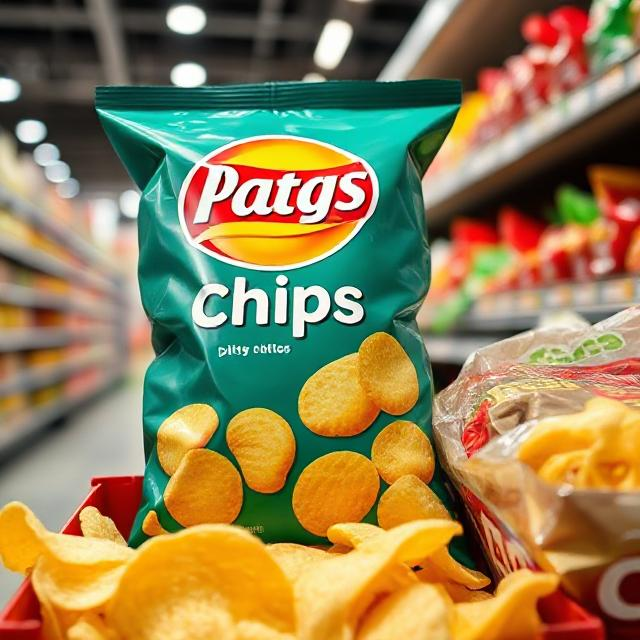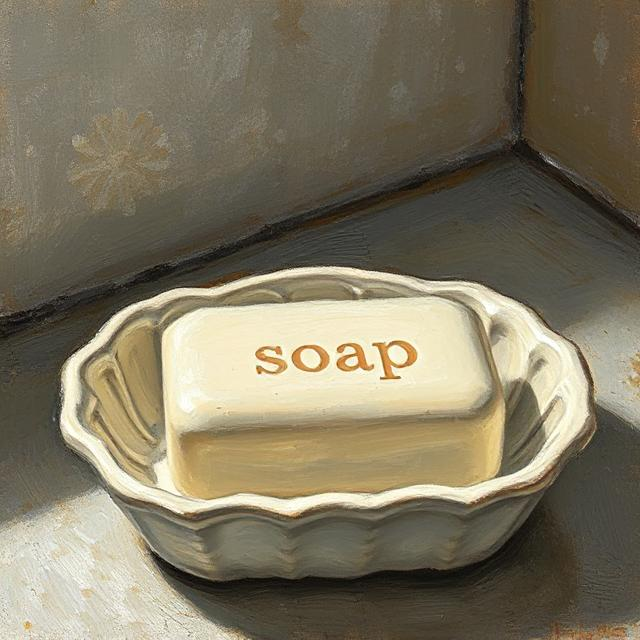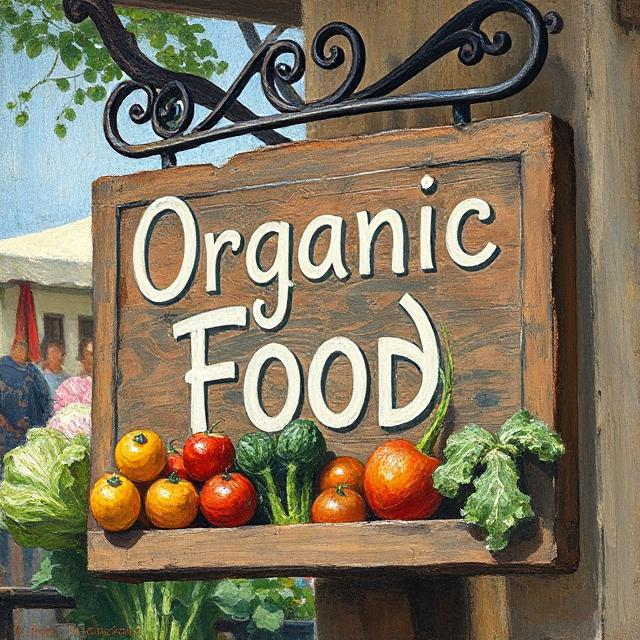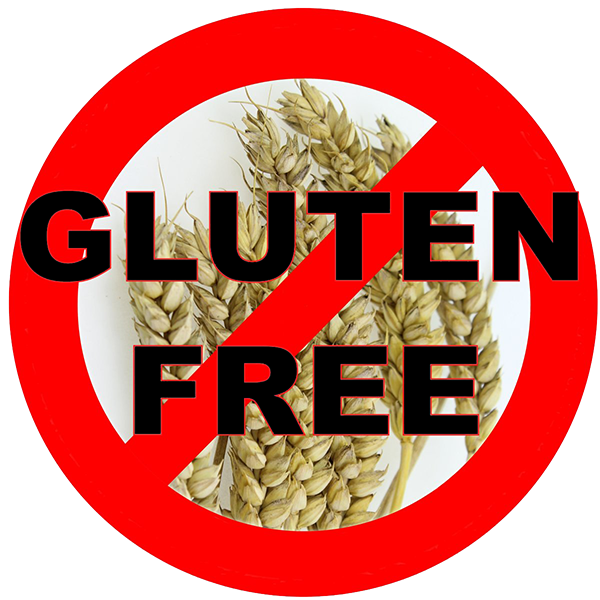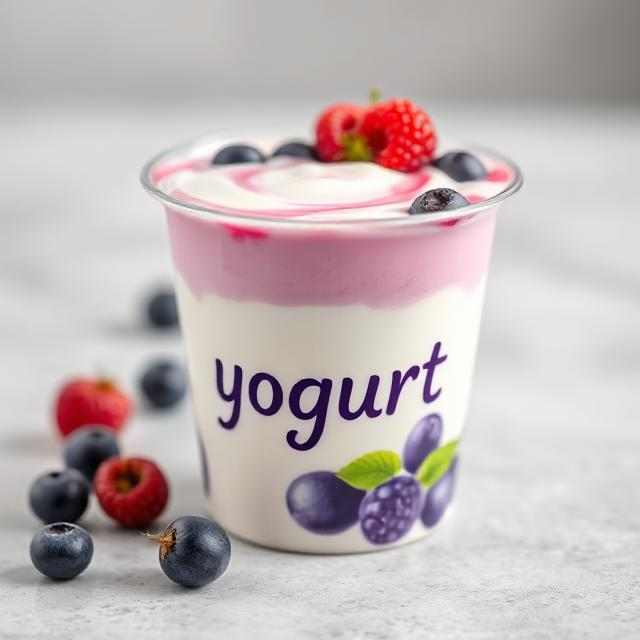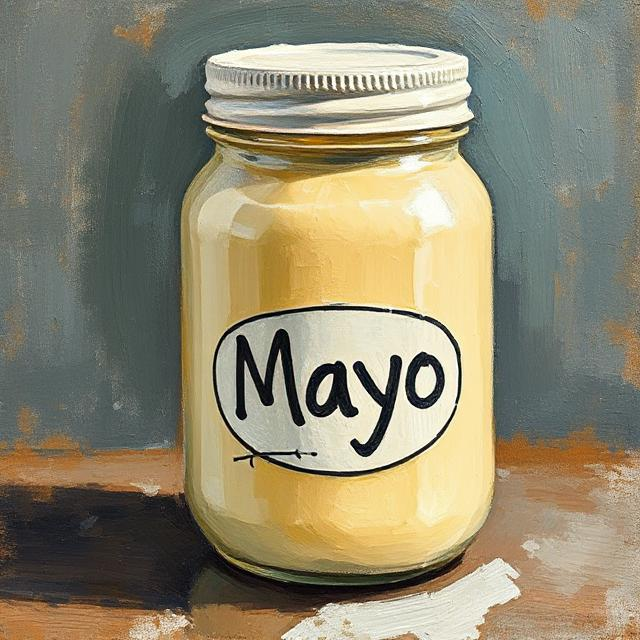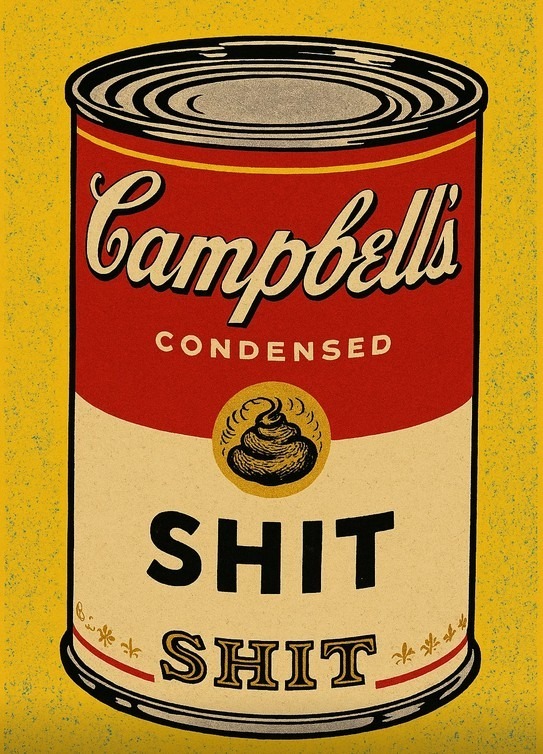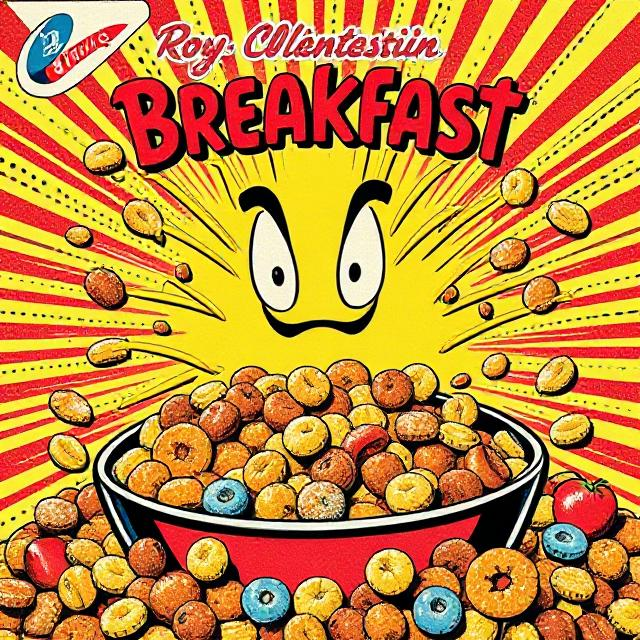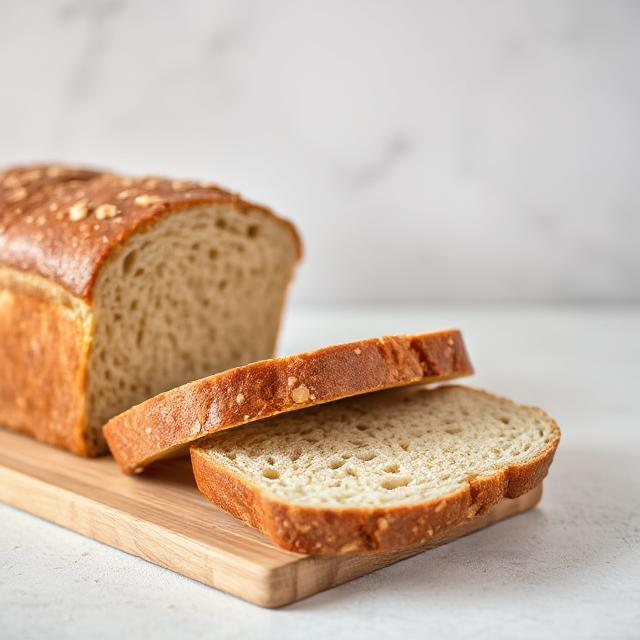A casual glass of wine or a celebratory toast with champagne might seem harmless—but for older adults and individuals living with obesity, alcohol can pose hidden risks that are easy to overlook. The supermarket alcohol aisle may look tempting, but not all choices are created equal, and some can quietly interfere with health, medications, or weight goals.
Here’s what to keep in mind when shopping for alcohol—and how to make more informed, safer decisions.
Aging Changes How Alcohol Affects the Body
As we age, our bodies metabolize alcohol more slowly, and we lose lean body mass, meaning alcohol stays in our system longer and hits harder. Even a single drink can impair coordination, balance, and reaction times—raising the risk of falls, which are already a concern for older adults.
Tip: If you’re over 65, one standard drink may have the effect of two. It’s wise to sip slowly, drink with food, and stay seated.
Alcohol is Full of Hidden Calories
Alcoholic beverages are calorie-dense and nutrient-poor. A pint of beer can have 180–250 calories, and a large glass of wine about 200. For individuals managing obesity, these calories can sneak into your day and derail your efforts without making you feel full.
Sweet cocktails, dessert wines, and premixed drinks can be loaded with sugar, compounding the problem.
Alcohol can also increase appetite and reduce willpower, making it easier to overeat.
Tip: Read labels. Look for low-alcohol or “light” versions, or opt for dry wines and spirits mixed with soda water instead of sugary mixers.
Alcohol Can Interact with Medications
Many older adults take medications for blood pressure, diabetes, mood, or cholesterol. Alcohol can dangerously interact with common prescriptions, either by:
Amplifying side effects like drowsiness, dizziness, or confusion
Interfering with how a drug works, such as reducing the effectiveness of blood thinners or diabetes medications
Raising blood pressure or blood sugar, depending on the type and amount of alcohol
Tip: Always check with your doctor or pharmacist about alcohol interactions. Even over-the-counter meds like acetaminophen can become toxic with alcohol.
Alcohol and Chronic Health Conditions
For those managing conditions like heart disease, type 2 diabetes, liver problems, or sleep apnea (which is more common in people with obesity), alcohol may worsen symptoms.
It can disrupt sleep and worsen snoring or breathing interruptions
Alcohol increases triglycerides and blood pressure, adding to cardiovascular risk
For those with fatty liver disease, even small amounts of alcohol can accelerate liver damage
Tip: If you have a chronic condition, ask your provider if occasional alcohol is safe for you—and in what amounts.
Mental Clarity and Decision-Making
Alcohol can impair cognition, especially when combined with age-related changes in the brain. For people already experiencing mild memory issues or early cognitive decline, even light drinking may amplify confusion or forgetfulness.
Additionally, alcohol can lower inhibitions, leading to poor food choices, skipped medications, or even risky situations like driving when slightly impaired.
Tip: Have a plan before you drink—know how much you’ll have, when, and what food you’ll pair it with. Don’t drink alone if possible.
Smart Alcohol Choices at the Supermarket
If you still enjoy the occasional drink, here are safer options to look for:
Low-ABV beverages (alcohol by volume under 5%)
Dry red or white wines (lower sugar content)
Light beers
Non-alcoholic beer or mocktails – they’ve come a long way in flavor and offer a festive feel without the downsides
Portion-controlled cans or bottles – helpful for avoiding overpours
You don’t necessarily have to give up alcohol completely—but being mindful of how it fits into your health picture is key. For older adults and those living with obesity, alcohol has different effects, interacts with medications, and can quietly work against your wellness goals.



